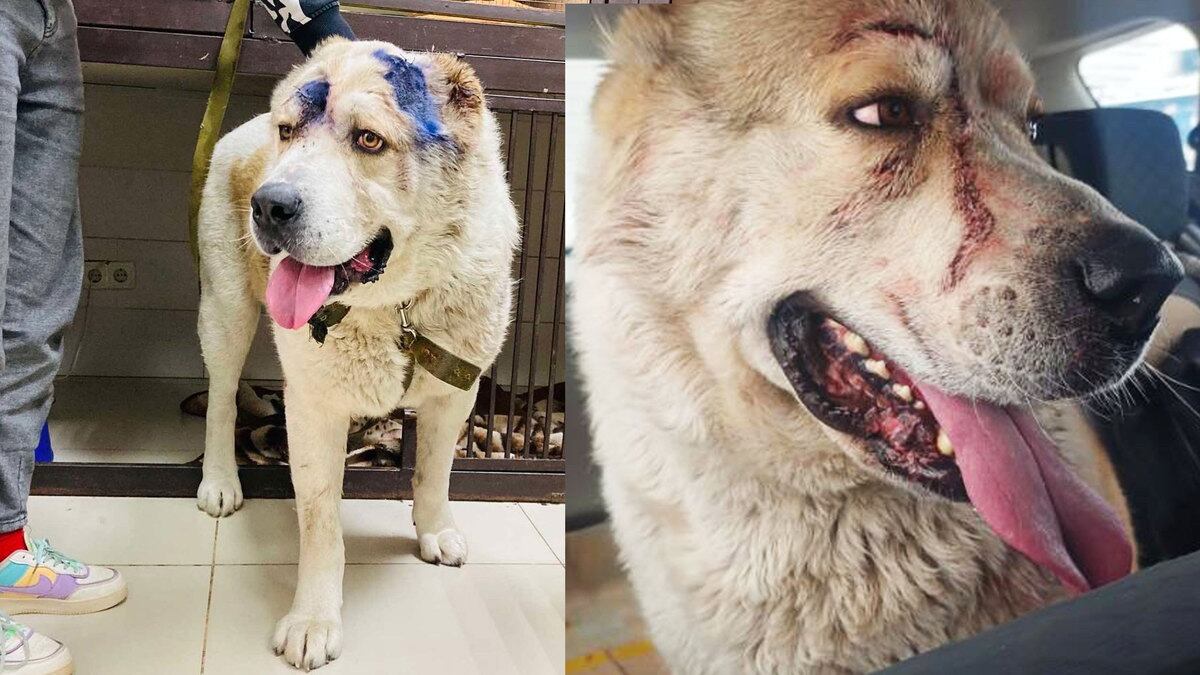Russia
Animal Rescue Kharkiv
Russia’s War Is Hell on the Pets of Ukraine—and Their Rescuers
DOGS OF WAR
The Russians bombed their shelter but the volunteers of Animal Rescue Kharkiv are still dodging shells to check in on the cats and dogs left behind.

Trending Now





